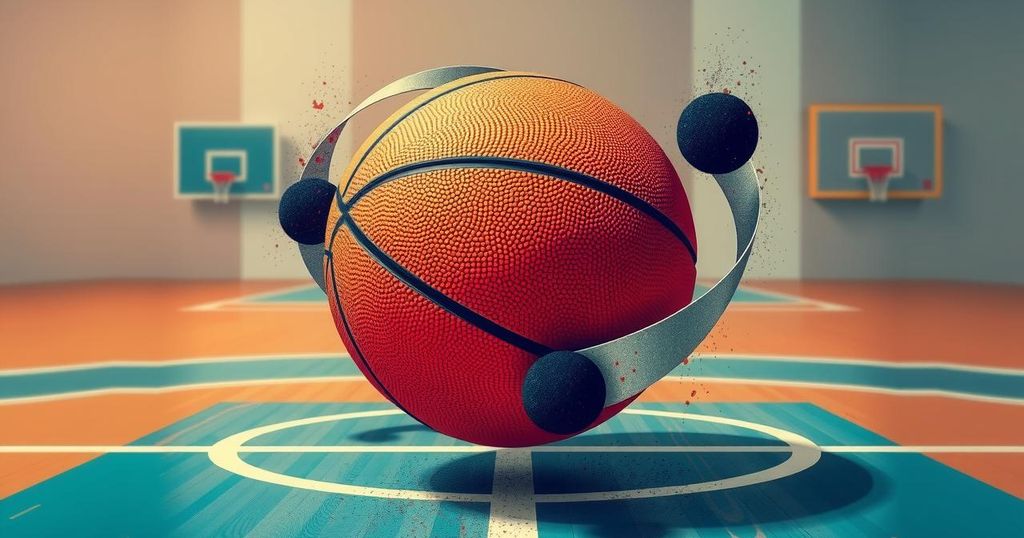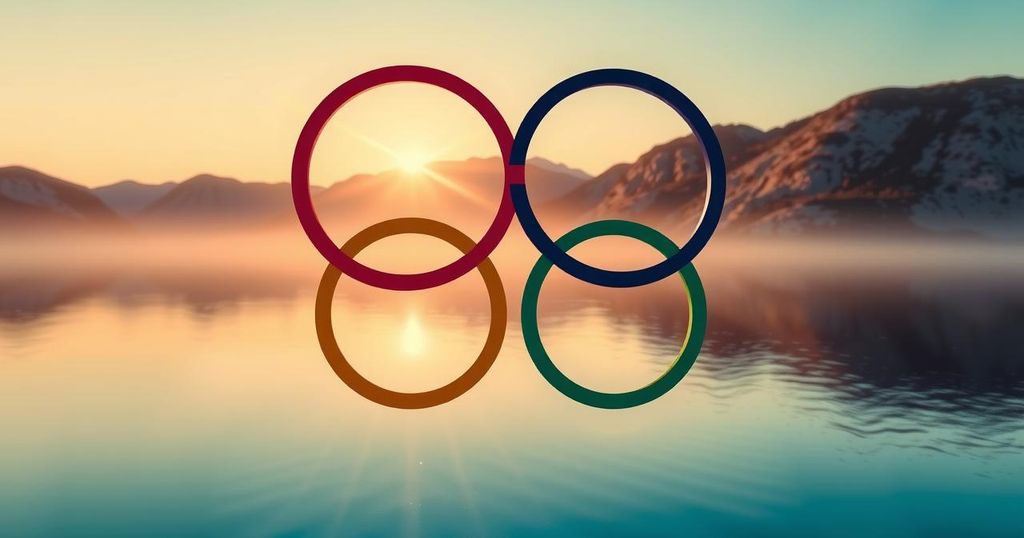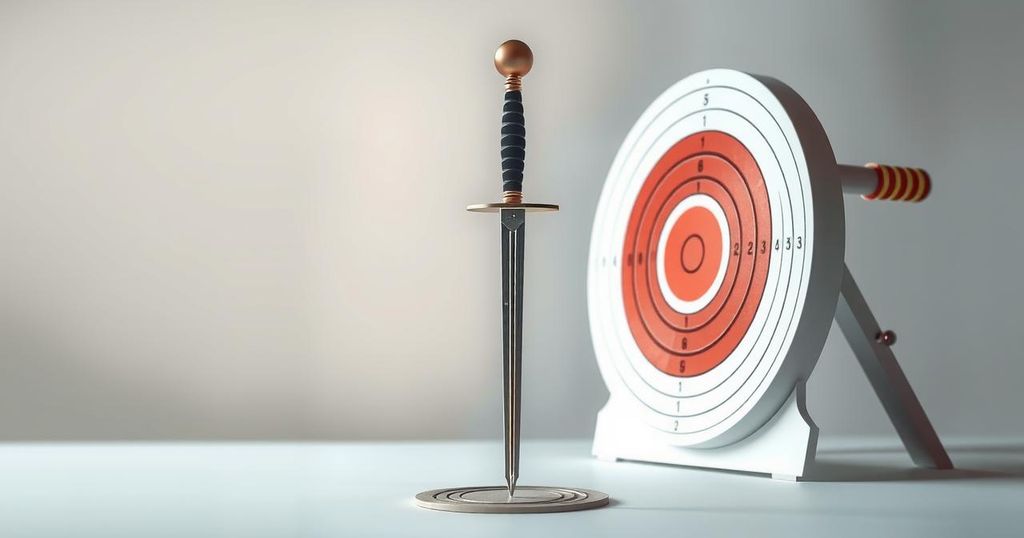The Evolution of Olympic Events: Breakdancing and the Legacy of Art Competitions
The inclusion of breakdancing, or “breaking,” as an Olympic event at the 2024 Paris Games represented a notable evolution in the pursuit of inclusivity and innovation within the Olympic framework. Unfortunately, it has been confirmed that this dynamic sport will not be featured in the forthcoming 2028 Los Angeles Olympics. This decision arose from the local organizing committee’s alignment with their vision for the Games, rather than any reflection on the caliber of performances by the breakdancers.
Historically, the Olympic Games have continuously explored new sporting events, with a mixture of success in their longevity. For instance, sled dog racing was introduced at the 1932 Lake Placid Games, while tug of war appeared between 1900 and 1920. Similarly, softball and baseball enjoyed temporary tenure, being officially added in 1992, removed post-2008, and then reinstated for the Tokyo 2020 Olympics.
Interestingly, the Olympic ethos once encompassed artistic pursuits, with painting competitions integrated into the modern Olympics from 1912 until 1948. This initiative stemmed from the vision of the Olympic Movement’s founder, Baron Pierre de Coubertin, who sought to honor the intersection of art and athletics. The competitions spanned five categories: architecture, literature, music, painting, and sculpture, with the 1924 Paris Olympics seeing the most substantial participation: 193 entries across all categories. Ultimately, a total of 14 medals were awarded, although none were conferred in the music discipline.
Among the notable artists of this era was Jean Jacoby from Luxembourg. Jacoby, who was well-versed in the arts and had a background as an educator and church painter, made significant contributions to Olympic-themed art. His works often featured athletic themes, including designs for postage stamps commemorating the 1952 Helsinki Olympics and the World Cycling Championships.
Jacoby distinguished himself in the Olympic art competitions, securing a gold medal for his painting “Three Sports Studies” in Paris in 1924, followed by another victory for “Rugby” in Amsterdam in 1928. His achievements culminated in noteworthy recognition, comprising two honorable mentions at the 1932 and 1936 Games, which solidified his status as the most decorated Olympic artist in history.
The Olympic art competitions were ultimately discontinued following the 1948 London Olympics. This decision was primarily attributed to the complexities involved in assessing the amateur status of participants amidst the growing professionalization of the Games. Given the contemporary landscape of Olympic sponsorships and commercial ventures surrounding athlete-image rights, the topic of reinstating painting as a competitive event warrants thoughtful consideration and discussion.








Post Comment